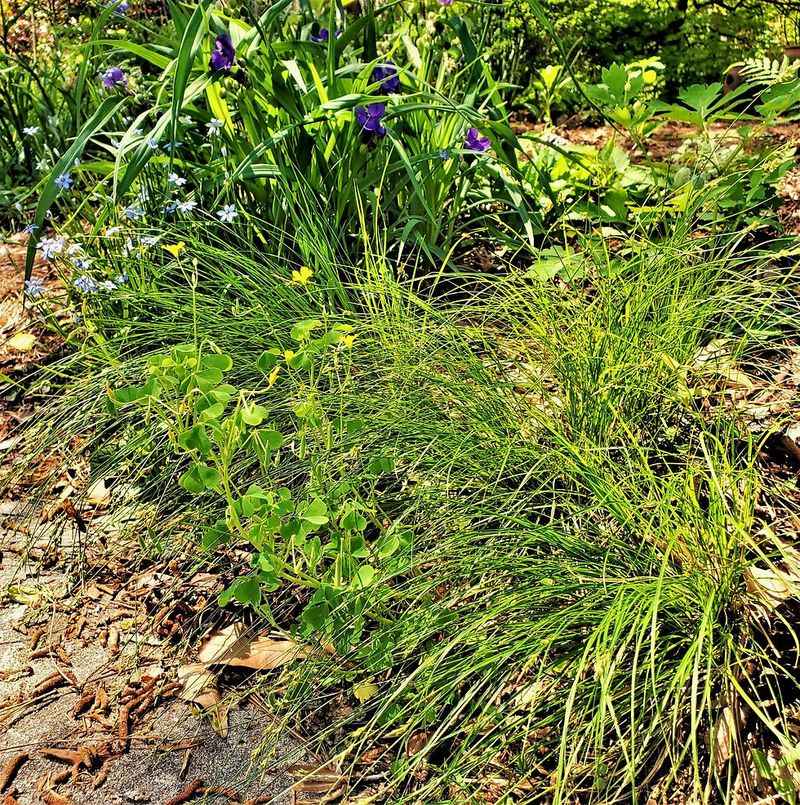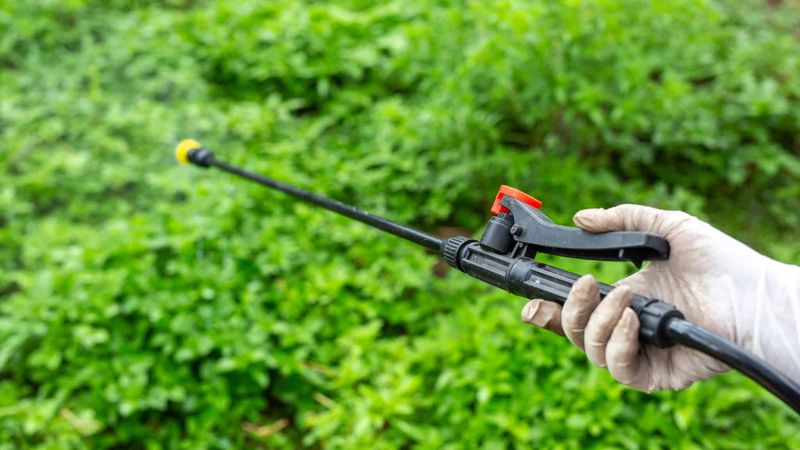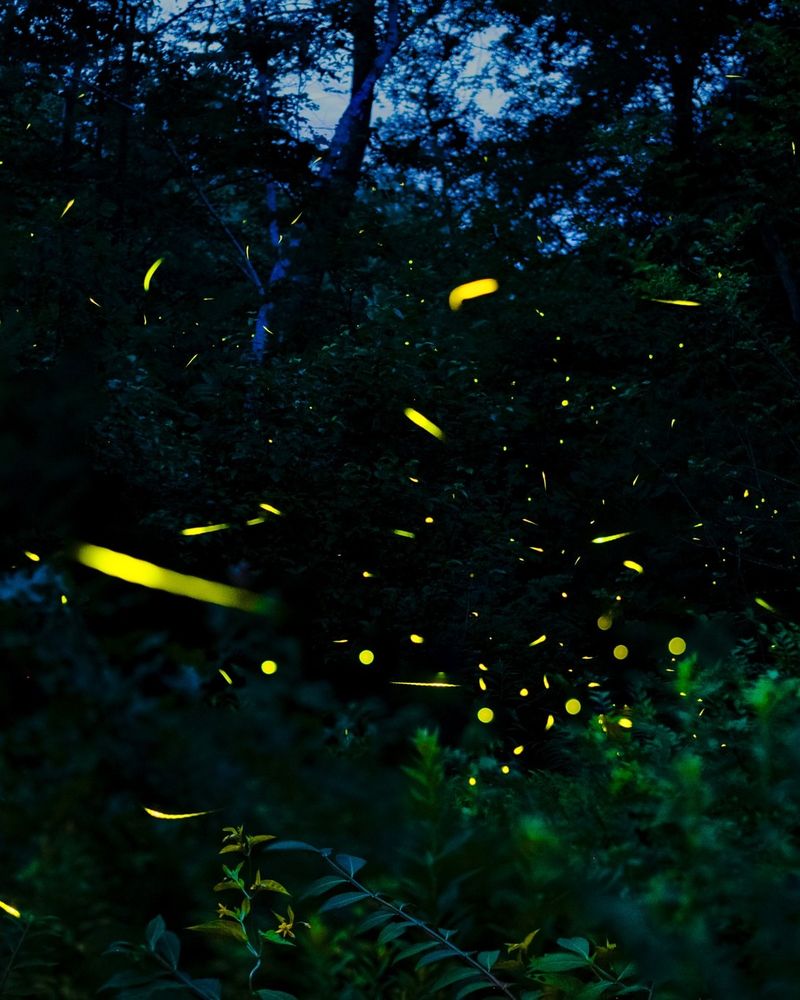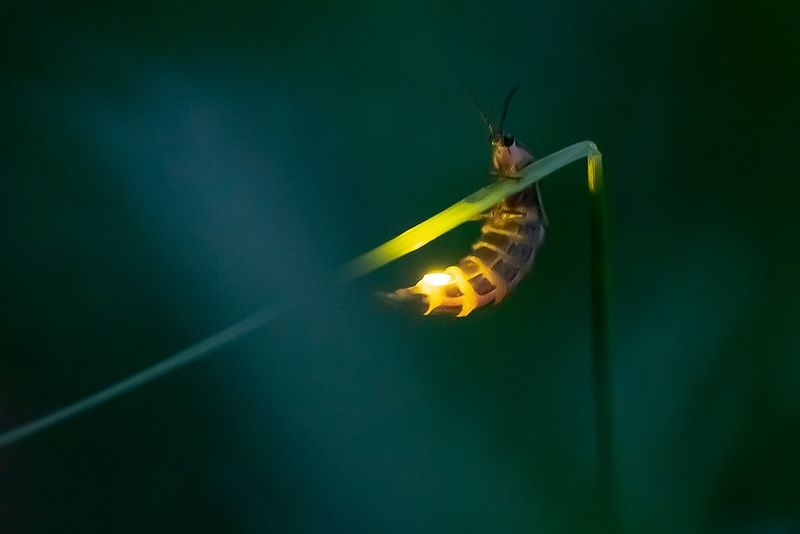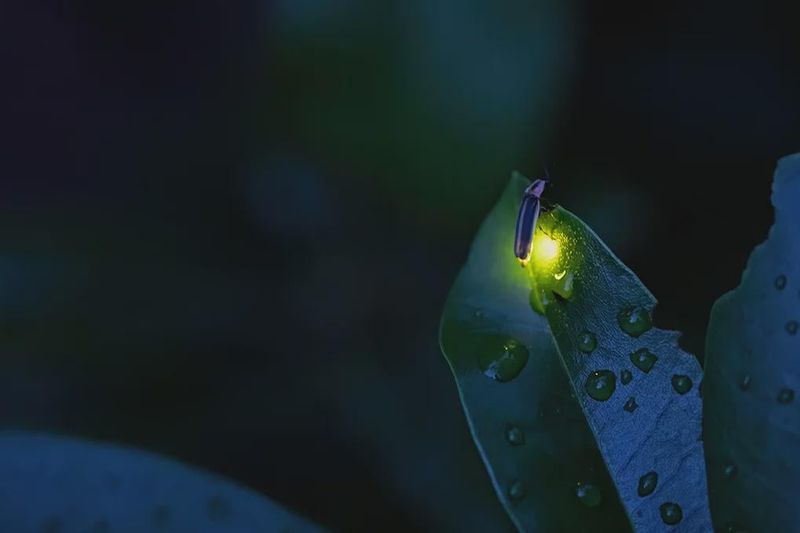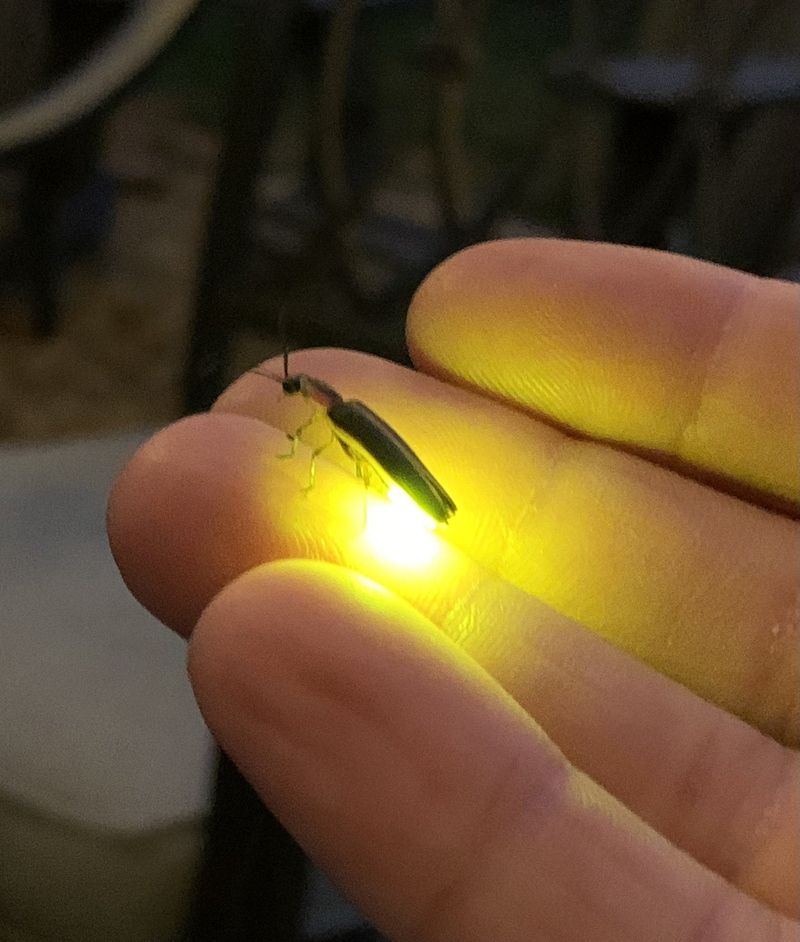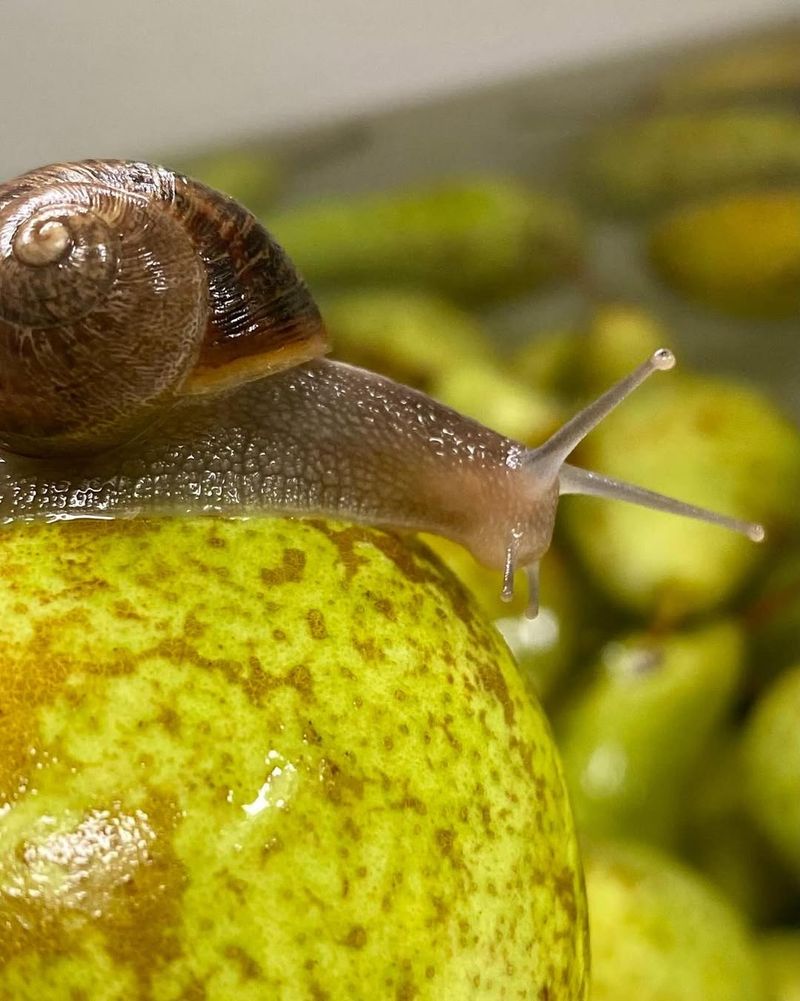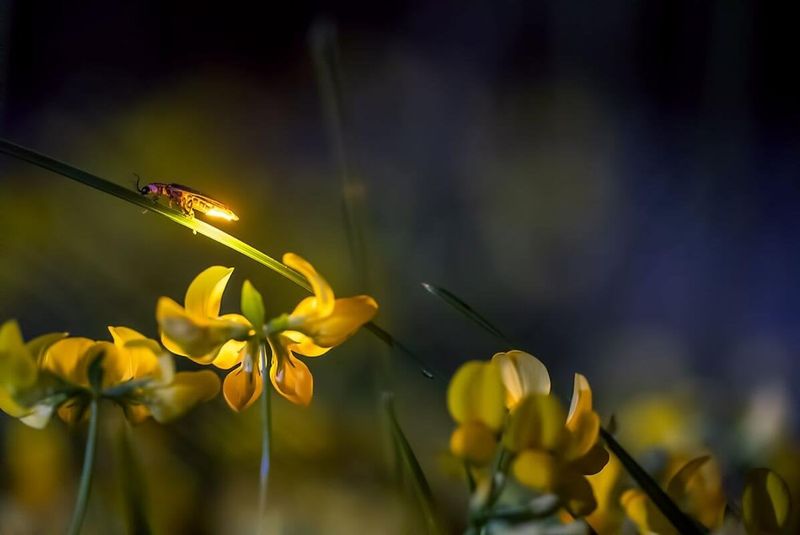I’ve always loved watching fireflies light up my South Carolina backyard on warm summer evenings, but over the past few years, their numbers seem to be shrinking. These magical insects were once a common sight across our state, especially during humid nights when gardens came alive with their glow.
Understanding why fireflies are fading helps us take better care of our yards and the creatures that depend on them.
1. Loss Of Native Plants And Natural Habitats
When developers clear land for new neighborhoods, fireflies lose the places they’ve always called home. Native grasses, wildflowers, and shrubs like Carolina jessamine and beautyberry provide shelter and food sources for firefly larvae.
Replacing these plants with manicured lawns or non-native ornamentals disrupts the entire ecosystem fireflies need to survive. Many South Carolina yards now lack the leaf litter and undergrowth where firefly larvae hunt for snails and slugs.
From what I’ve seen in local gardens, those who keep patches of native plants tend to spot more fireflies each summer.
2. Pesticide And Herbicide Use In Yards
Chemical treatments meant to kill mosquitoes or dandelions often harm fireflies too. Larvae living in the soil absorb these toxins, which can kill them before they ever get a chance to glow.
Even organic pesticides can affect firefly populations if used too frequently. South Carolina gardeners who spray their azaleas, roses, or vegetable patches might unknowingly be reducing firefly numbers around their property.
Several neighbors have told me they stopped using lawn chemicals and noticed more fireflies returning within a year or two.
3. Artificial Light Pollution Disrupting Mating Signals
Fireflies rely on their bioluminescent flashes to find mates, but porch lights, street lamps, and landscape lighting make it nearly impossible for them to see each other. Male fireflies flash specific patterns to attract females, and bright artificial lights drown out these signals completely.
Many South Carolina homes now have security lights that stay on all night, flooding gardens with constant illumination. This disrupts the natural darkness fireflies need for successful reproduction.
Switching to motion-sensor lights or turning off unnecessary outdoor lighting after dark can make a real difference.
4. Over-Mowing And Removing Leaf Litter
Keeping grass trimmed every week might look tidy, but it destroys firefly habitat. Larvae spend up to two years in the soil and leaf litter before becoming adults, and frequent mowing removes their protective cover.
Raking away fallen leaves from beneath oak trees, dogwoods, or magnolias eliminates the damp environment firefly larvae prefer. These layers of decomposing material also house the snails and slugs that larvae feed on.
I’ve started leaving sections of my yard unmowed, and the difference in firefly activity has been remarkable.
5. Drought And Changing Moisture Levels
Firefly larvae need moist soil to survive, and South Carolina’s increasingly unpredictable rainfall patterns make this challenging. Extended dry spells cause the ground to harden, forcing larvae deeper or killing them outright.
Gardens that once stayed damp beneath hostas, ferns, or hydrangeas now dry out faster due to warmer temperatures and less consistent rain. Without adequate moisture, firefly populations struggle to complete their life cycle.
Adding mulch around plants and creating rain gardens has helped some local gardeners maintain the humidity fireflies need.
6. Development And Wetland Drainage
Wetlands and marshy areas provide ideal breeding grounds for fireflies, but these spaces are rapidly disappearing across South Carolina. Developers drain swamps and fill low-lying areas to make room for housing developments and shopping centers.
Plants like swamp milkweed, joe-pye weed, and bald cypress trees that thrive in wet conditions also support firefly populations. When these ecosystems vanish, so do the insects that depend on them.
Protecting remaining wetlands near residential areas seems essential for preserving firefly populations long-term.
7. Decline In Snail And Slug Populations
Firefly larvae are carnivorous and feed primarily on snails, slugs, and other soft-bodied invertebrates. When gardeners use slug bait or eliminate damp hiding spots, they inadvertently remove the fireflies’ food source.
Many South Carolina gardeners treat their hostas, lettuce, and strawberry plants with products that kill slugs. While this protects vegetables, it also starves firefly larvae that depend on these creatures for survival.
Balancing pest control with ecosystem health is tricky, but tolerating a few slugs might help fireflies bounce back.
8. Invasive Plant Species Crowding Out Native Vegetation
Invasive plants like kudzu, Chinese privet, and English ivy spread aggressively throughout South Carolina, choking out the native vegetation fireflies depend on. These invaders create dense monocultures that offer little value to native insects.
Unlike native plants such as black-eyed Susans or purple coneflowers, invasive species don’t support the complex food webs fireflies need. They alter soil chemistry and moisture levels, making habitats unsuitable for firefly reproduction.
From my own experience in South Carolina gardens, preserving native plants and reducing chemical use seems key in helping fireflies thrive again.


